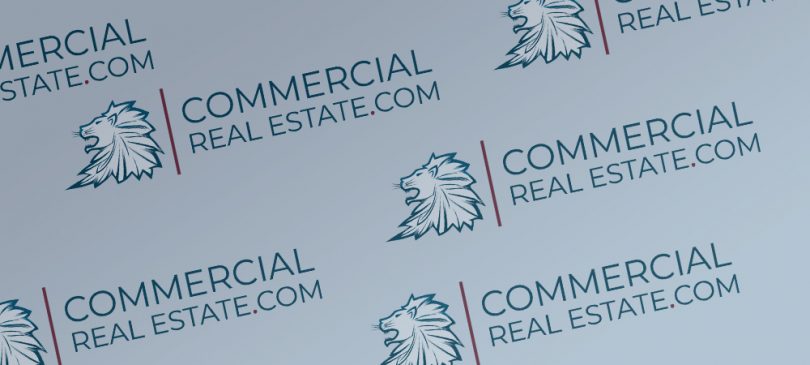This is a claim against a real property made by someone who is not the owner. Examples of encumbrances that apply to real estate assets are mortgages, liens, and easements.
Latest Posts
CAM Cap
CAM cap or common area maintenance cap refers to the maximum amount a tenant pays in their share of common area maintenance costs. For any exceeding CAM expenses, the owner will pay and be liable for those.
Gross investment in real estate (historic cost)
This is the total of the debt and equity in your real estate investments. It includes acquisition costs and fees as well as the gross purchase price, plus future capital improvements, and minus the earnings from partial sales and...
Constructive Eviction
This is a provision stating that a tenant is able to move out and terminate rent payments without collecting any legal liability for lease breaking if a landlord disturbs the tenant's possession of the premises is rendered...
Equity Lease
This is a joint agreement venture wherein an owner can enter into a contract with someone who consents to occupy the property as a tenant and pay rent. However, the user concurrently receives a share of the owner benefits such as...
Debt Coverage Ratio
This is the ratio of the (NOI) net operating income to the mortgage payment. The investor reports the first year's (NOI) net operating income should it be projected to change over time.
Dedicate
In property law, dedication refers to the donation of a piece of land, usually a private property, to the government for a public purpose.
CPI Rent Escalation
This refers to a contractual rent increase determined by the changes in the consumer price index (CPI). At the beginning of a lease year, the rent that is payable by the tenant will be increased in an account equal to the product...
Cash Flow Before Tax/es (CFBT)
CFBT is a measure that warrants a healthy bottom line by gauging the return on equity before making an investment. It is the result of calculating the net operating income, subtracting debt service, subtracting capital...
High Rise
In a central business district (CBD), this is a building that is taller than 25 stories above ground. On the other hand, in suburban sub-markets, high rises are generally buildings higher than 7 or 8 stories.




